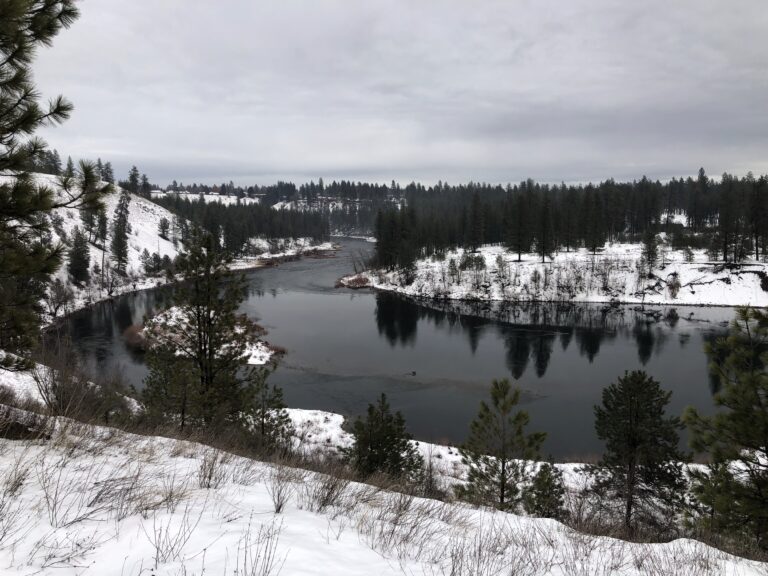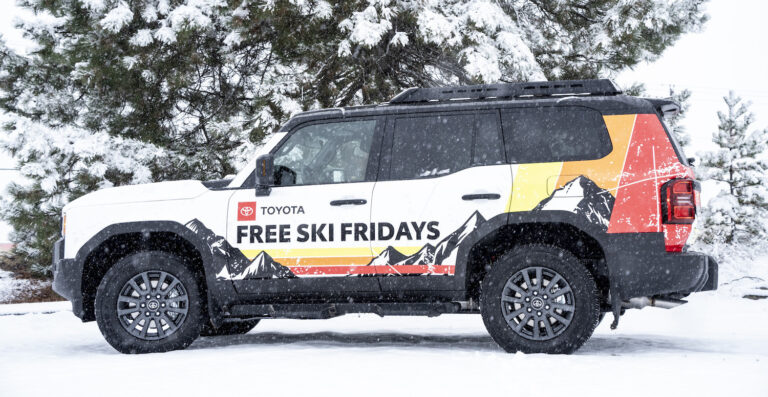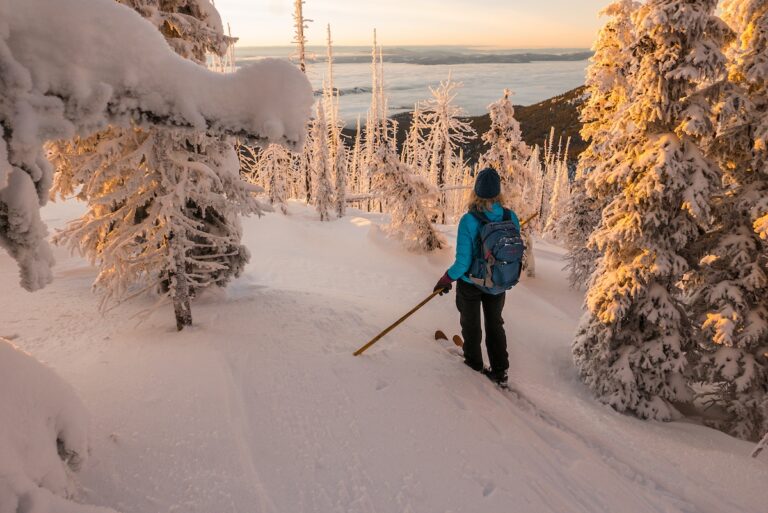On cloudless nights this summer during a camping trip or from your backyard, make time to marvel at our universe’s mysteries with your children.
“You don’t need a telescope to get out there and enjoy the night sky,” says NASA Ambassador Joe Bruce, who lives in Spokane. With a degree in science education, Bruce has been a NASA volunteer for 11 years now, providing free presentations for school and community groups around the region. He will be presenting his space exploration artifacts at the KSPS Chasing the Moon event on June 15, at the Spokane Falls Community College Planetarium, to commemorate the 50th anniversary of the Apollo moon landing. The Spokane city and county library districts are also hosting moon and space-themed events this summer.
To introduce young children to astronomy, Bruce recommends reading books together, including the two picture books by retired NASA astronaut Mark Kelly: “Moustronaut” and “Moustronaut Goes to Mars.” You can also read non-fiction books about Astronauts Mae Jemison and Sally Ride, and the young-adult version of “Hidden Figures” to help children connect with the people—mathematicians, scientists, engineers, and astronauts—who made space exploration possible. Bruce also recommends spaceplace.nasa.gov.
GO OUTSIDE: FIND THE MILKY WAY
Find an open location, such as a meadow or sports field, away from city lights. Use a red night-vision LED lantern, headlamp, or flashlight and avoid exposure to bright lights (including headlights) because it takes 20 minutes for your eyesight to fully adjust to darkness. Elevation also matters. “The higher you are, the better—the less atmosphere between you and stars, so there’s less twinkling and stars are clearer,” Bruce says. Summer heat waves also disrupt the clarity of stars.
To find the Milky Way, look towards the southwest horizon. “You’re going to see a big, beautiful white band of billions of stars, starting southwest and heading northeast…[This is] the center of our galaxy, the Milky Way,” he says. “Our solar system—our sun and all its planets, moons, and stars—is in the Milky Way Galaxy, on one of [its spiral] arms, like a pinwheel. And there are billions and billions of galaxies in our universe.” You can also see with the naked eye the Andromeda Galaxy off to the west.
FIND CONSTELLATIONS
“A constellation is a pattern of stars in the sky that people looked at long ago and thought it looked like something else,” like an animal, object, or mythological character or creature, says Bruce. In the northern hemisphere’s night sky during summer, there are five constellations kids should find. Use a constellation guide for help, such as the free SkyView app (no Wi-Fi required). Begin with the easiest to spot: the Big Dipper and Little Dipper. A darker sky, however, will actually make these two more difficult to find because so many other star patterns are visible.
Next, find the Hercules cluster of stars, visible overhead by midsummer. “With your naked eye, you can see a blob of light, and if viewed through a telescope, you’ll see millions of stars in that cluster,” Bruce says. Then find Cygnus, a constellation shaped like a swan. “It’s right overhead of the Big Dipper in the Milky Way—what looks like a single star with our eyes, the ‘beak’ of Cygnus, is really two stars when viewed through a telescope,” says Bruce. Next is Sagittarius. “When looking off towards the southwest into our galaxy, you’ll see what looks like a teapot.”
SHOOTING STARS
Every night small pieces of sand enter the atmosphere. “A shooting star is a piece of sand or dust or small rock that’s traveling through space and hits Earth’s atmosphere, and heats so rapidly that it burns up,” says Bruce. He notes that if conditions are right, you can see them every night; however, “when Earth passes through a tail of a comet, you’ll see more shooting stars.” The Perseid meteor shower, one of the most prolific, happens Aug. 11-13 this year, according to The Old Farmer’s Almanac. You can also look for the International Space Station passing overhead (find the schedule at Spotthestation.nasa.gov).
Finally, Bruce encourages kids to make full use of their imaginations. “When you’re outside and looking into the night sky, think about the possibilities out there. On one of the moons around Jupiter there could be life.” He reminds us to “…look out into space and realize our planet—this blue ball—is really a speck of dust compared to all the other things in our universe, and this is the only place where we can live.”













